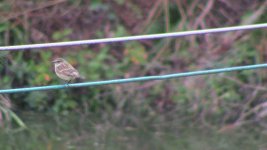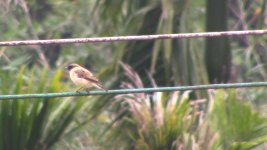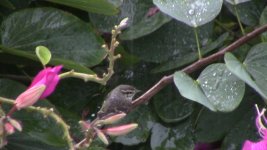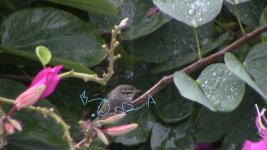Hainan on the fly
Well-known member
Hey all! I have three unknown birds here I'm trying to identify. I'm really bad at putting a species to these rather nondescript type birds. Any suggestions on what I might have would help me learn more about classifying these type of birds and would be greatly appreciated.
Thanks,
Brian
Thanks,
Brian










